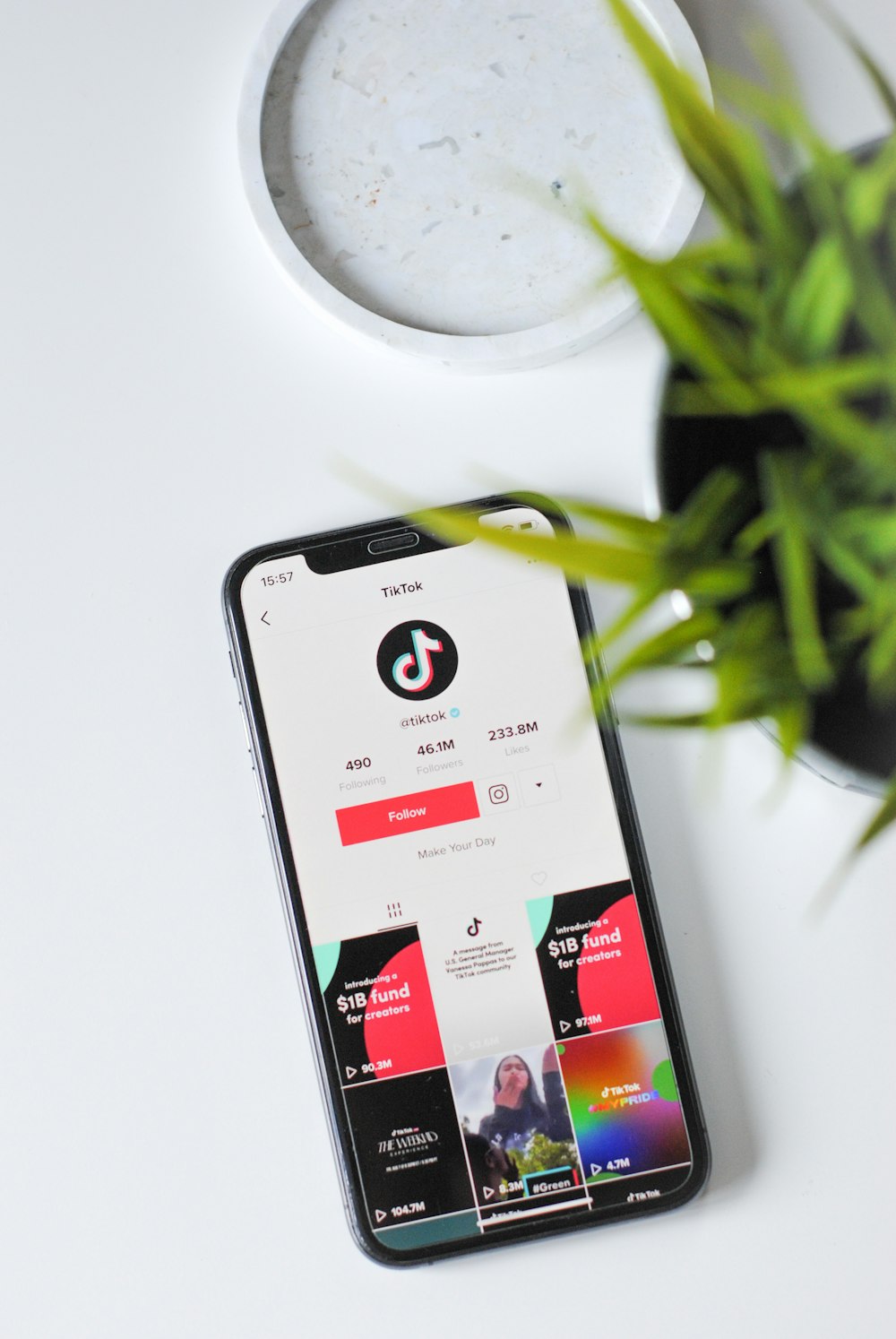There is no denying golf is big business. From the enormous sums of money won by the game’s elite professional players to the tens of billions spent on course fees, equipment, and apparel by recreational golfers around the world.
A 2019 joint study by Golf Datatech and Yano Research revealed just how substantial golf is as a global business. Golf players spent $13.44 billion on equipment and apparel in 2019 alone, according to the report. It makes no wonder why companies specialising in golf supplies and the courses themselves are keen to market their product.
It is not only those entities involved directly with golf who vie for a slice of the lucrative pie. The golf betting markets are huge for the major sportsbooks, too. Punters love wagering on their favourite golfer during major tournaments or placing an each-way bet on a player with long odds because there are so many variables that affect the game’s outcome.
Golf equipment and apparel companies, plus the major golf courses, spend millions of dollars on advertising their products. Even the most recreational golfers tend to be from a more affluent demographic and are keen to use what is perceived as the best club, balls, trolleys, and clothing. They tend to market themselves using tried and tested methods, some of which lend themselves perfectly to the game of golf.
The influence of advertising extends to the selection of the best golf iron from the Left Rough, as golfers are drawn to the allure of high-quality clubs that promise improved performance and precision. These advertising campaigns cater to the aspirations of golfers, tapping into their desire for superior equipment that can enhance their skills and elevate their enjoyment of the game.
The Use of Influencers

Tiger Woods, for example, earned $62.3 million in 2020 despite “only” winning $2.3 million in prizes. Woods’ long list of sponsorship deals netted him a staggering $60 million last year! Nike has sponsored Woods throughout his career, and they pay him a small fortune to wear their golf apparel — the company no longer produces golf clubs.
Ireland’s Rory McIlroy raked in $30 million from his endorsement deals in 2020, including golf company TaylorMade and elite jewellery and fashion brands such as Rolex.
American Jordan Spieth is a marketers dream subject. Spieth is only 27-years-old, so he appeals to the younger generation of golfers who tend to enjoy more disposable income. He is a family man from humble beginnings who has now hit the big time through sheer dedication and determination. Spieth counts Under Armour, AT&T, Coca Cola, and Rolex among his many sponsorship deals. We would not bet against him surpassing the $1.5 billion earned by Tiger Woods by the time Spieth hangs up his clubs.
Highly Visual Social Media Posts
Golf lends itself perfectly to high-resolution imagery thanks to the picturesque courses around the world. The game is played in all weathers, but predominantly in sunny conditions, which looks beautiful when photographers take snaps of the golfers in action or the lush scenery.
Equipment suppliers, such as TaylorMade, feature their clubs heavily on social media. TaylorMade displays its clubs in a very artistic manner and uses fun video clips of its sponsored pros using their clubs to complete golfing challenges.
Sponsored pros feature in a large percentage of apparel and equipment supplier social media posts. This, in turn, gives the golfer’s other sponsors some free airtime, so it is beneficial to all parties involved.
Regardless of the manufacturer, all who sell golf clubs do so by suggesting their clubs are superior to those of other companies. They hint their clubs give users more control and power in their shots and that their products are more technically advanced than their rivals.
